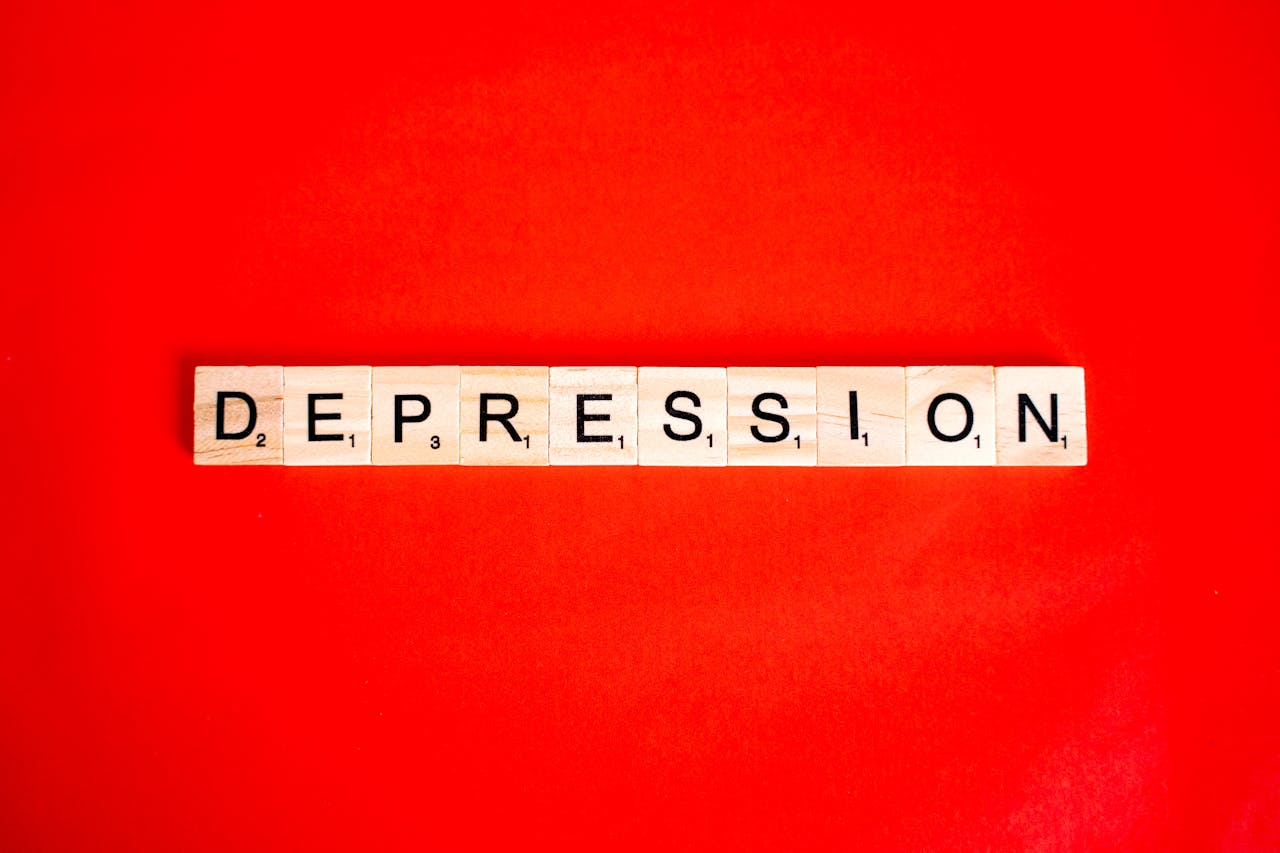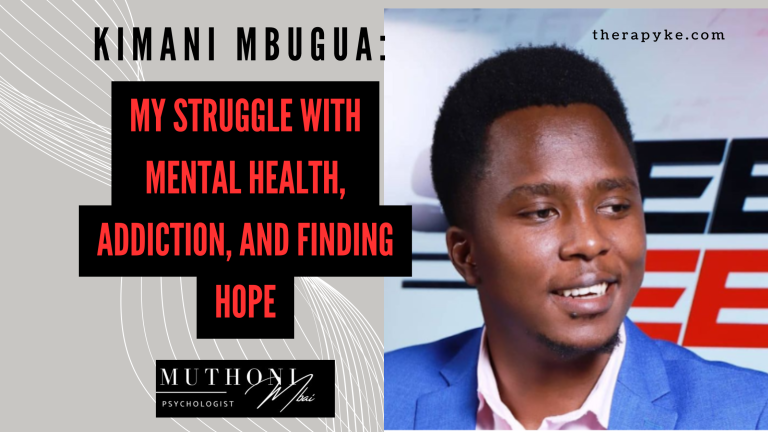
Types of Therapy for Depression

Depression is one of the most common mental health challenges, affecting millions globally. While it can feel overwhelming, it’s important to remember that effective treatments exist, and therapy is one of the most impactful ways to manage and overcome depression.
This article dives deep into the types of therapy for depression, exploring major approaches, coping strategies, support groups, and the distinctions between key methods.
Do you have a loved one battling depression and wonder how you can help them? Or are they resisting treatment? There is something you can do. Check out this article to learn practical ways to support them, encourage treatment, and take care of yourself in the process.
What Are the Four Major Types of Therapy?
Therapy for depression is tailored to individual needs. In fact, no single session is identical to another, not even for individuals with the same demographics and condition. However, I have outlined four major types that stand out as particularly effective:
- Cognitive Behavioral Therapy (CBT): CBT is a structured, goal-oriented approach that helps individuals identify and challenge negative thought patterns contributing to depression. It emphasizes replacing harmful beliefs with healthier, more constructive ones, leading to improved emotions and behaviors.
- Interpersonal Therapy (IPT): IPT focuses on addressing interpersonal issues that may contribute to depression, such as conflicts with loved ones, social isolation, or role transitions. By improving communication and relationship skills, IPT helps alleviate depressive symptoms.
- Psychodynamic Therapy: Rooted in Freudian principles, psychodynamic therapy explores unconscious thoughts and past experiences that influence current behaviors and emotions. This method helps clients gain deeper self-awareness and address unresolved conflicts.
- Behavioral Activation Therapy: This therapy encourages individuals to engage in meaningful and rewarding activities. It counters the withdrawal and inactivity often seen in depression, helping clients reconnect with life’s pleasures and responsibilities.
What Are 5 Coping Skills for Depression?
Coping skills can complement therapy and provide day-to-day strategies to manage depressive symptoms. Here are five effective techniques:
- Mindfulness and Meditation: Practicing mindfulness helps individuals stay present and reduce the spiral of negative thoughts that fuel depression. Apps like Calm offer guided meditations tailored to beginners.
- Physical Activity: Regular exercise, even a simple 30-minute walk, can release endorphins—natural mood boosters. Exercise also helps regulate sleep and reduces stress.
- Journaling: Writing about thoughts and feelings can provide an outlet for emotional expression. It’s also a way to track patterns, triggers, and progress. In my experience, most clients who have tried journaling have found it to be extremely helpful for emotional expression
- Social Connection: Reaching out to trusted friends or family members can provide emotional support and reduce feelings of isolation. Joining a support group can also be incredibly empowering.
- Healthy Lifestyle Choices: Eating nutritious meals, maintaining a consistent sleep schedule, and reducing alcohol and caffeine intake can positively impact mood and energy levels.
What Are the Best Support Groups for Depression?
Support groups offer a safe space to share experiences, gain encouragement, and learn from others navigating similar struggles. Here are some excellent options:
- Depression and Bipolar Support Alliance (DBSA): DBSA offers online and in-person support groups, providing resources tailored to individuals living with depression and bipolar disorder.
- National Alliance on Mental Illness (NAMI): NAMI provides peer-led support groups and educational programs for those with depression and their families.
- Local Support Groups: If you’re seeking a local or online support group, visit our Contact Page. We can connect you with groups designed to provide a strong support system.
What Is the Difference Between CBT and IPT?
While Cognitive Behavioral Therapy (CBT) and Interpersonal Therapy (IPT) are both evidence-based treatments for depression, they differ in focus and techniques:
Focus: CBT emphasizes identifying and changing negative thought patterns to improve emotions and behaviors. IPT, on the other hand, focuses on interpersonal relationships and their impact on mental health.
Techniques: CBT uses structured exercises like thought records and behavioral experiments to challenge maladaptive thinking. IPT involves role-playing and communication exercises to resolve interpersonal conflicts.
Duration: Both therapies are typically short-term, but CBT might extend slightly longer for clients needing in-depth work on thought patterns, while IPT is often completed in 12-16 sessions.
Final Thoughts
Therapy is not one-size-fits-all; the key is finding a method that resonates with you and meets your unique needs. Good news is that you do not have to have the method figured out. Your therapist will guide you in choosing the approach that works best for your unique needs and circumstances.
If you’re ready to start your journey toward recovery, reach out through our Contact Page. We’re here to guide you and connect you to the right resources, designed to foster healing and resilience.
Taking the first step is a powerful act of self-care.



